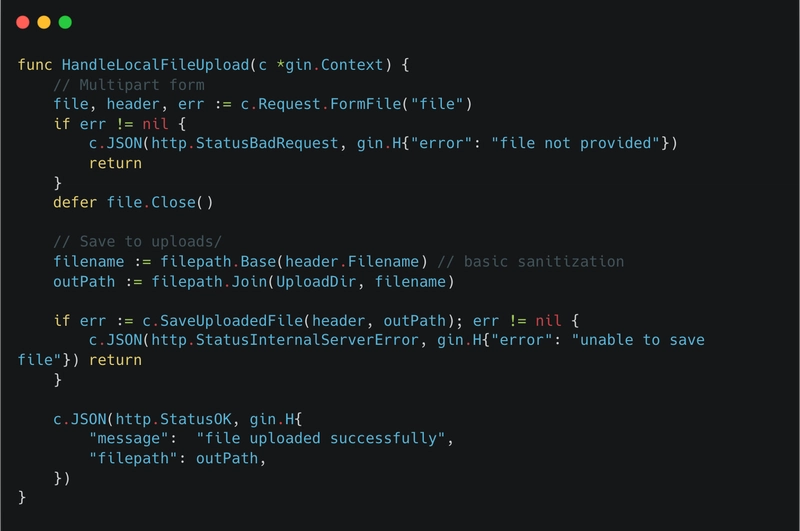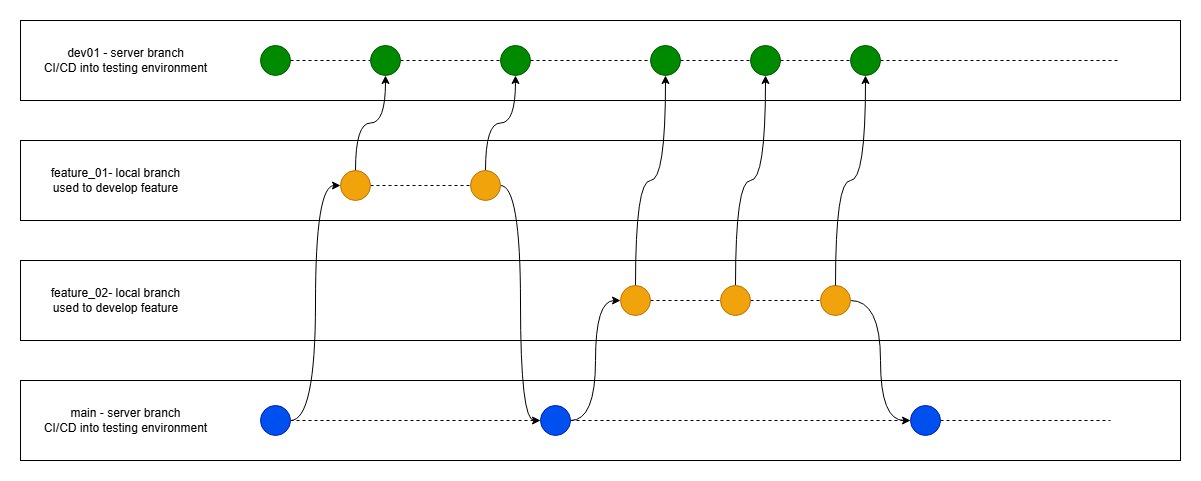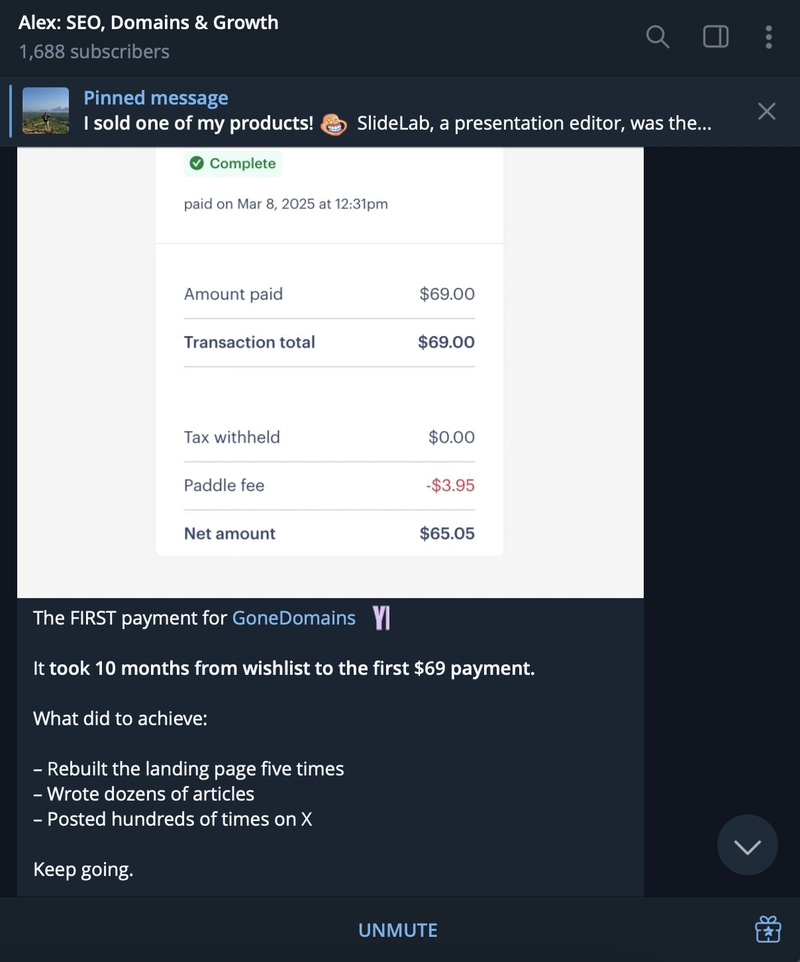How to Learn API Development?
API Fundamentals What is an API? An API (Application Programming Interface) is a set of rules and protocols that allow software applications to communicate with each other. It defines the methods and data formats that programs can use to request and exchange information. Types of APIs: REST (Representational State Transfer): Resource-based, stateless, uses HTTP methods. Lightweight and scalable. SOAP (Simple Object Access Protocol): XML-based, strict protocol with built-in error handling. Often used in enterprise systems. GraphQL: Query language for APIs; clients specify exactly what data they need. Reduces over-fetching and under-fetching. gRPC (Google Remote Procedure Call): High-performance RPC framework using HTTP/2 and Protocol Buffers. Efficient for microservices and real-time communication. API vs SDK: API exposes functionalities; SDK (Software Development Kit) includes tools, libraries, and documentation for building applications using an API. API Request & Response HTTP Methods: GET: Retrieve data. POST: Create new data. PUT: Update existing data. PATCH: Partially update data. DELETE: Remove data. Response Codes: 2xx (Success): 200 OK, 201 Created, 204 No Content 4xx (Client Error): 400 Bad Request, 401 Unauthorized, 403 Forbidden, 404 Not Found 5xx (Server Error): 500 Internal Server Error, 502 Bad Gateway Headers: Control metadata like content type, authentication, caching, etc. Example: Content-Type: application/json, Authorization: Bearer Authentication & Security Authentication Mechanisms: API Key: Simple token-based auth. Not very secure on its own. Basic Auth: Encodes username and password in headers (base64). JWT (JSON Web Token): Self-contained token for stateless authentication. OAuth 2.0: Delegated access, commonly used with third-party apps (e.g., Google Login). Security Strategies: Use HTTPS (TLS) for all traffic. Validate and sanitize all inputs. Implement rate limiting and throttling. Use role-based access controls and token expiration. Monitor for abuse and audit logs. API Design & Development RESTful API Principles: Statelessness: Each request is independent. Resource-Based URLs: Use nouns, not verbs. Example: /users/123 Versioning: Keep APIs stable. Example: /v1/users Pagination: For large datasets. Example: /users?page=2&limit=10 API Documentation Tools: OpenAPI (Swagger): Industry standard for describing REST APIs. Postman: API testing and documentation platform. Swagger UI: Generates interactive documentation from OpenAPI specs. API Testing Tools: Postman: GUI tool for sending HTTP requests and writing tests. cURL: Command-line tool for API interaction. SoapUI: Testing tool for SOAP and REST APIs. Insomnia: Lightweight alternative to Postman. API Deployment & Integration Consuming APIs: JavaScript (Fetch, Axios): jsCopyEditfetch('/api/data').then(res => res.json()) Python (requests): pythonCopyEditimport requests response = requests.get('/api/data') Java (HttpClient, OkHttp): Popular 3rd-Party APIs: Google Maps API: Location and mapping. Stripe API: Payments and subscriptions. SendGrid API: Email sending. Twilio API: SMS and voice messaging. API Gateways: AWS API Gateway Kong Apigee (Google) They manage rate limiting, auth, routing, analytics, etc. Must-Know Network Protocol Dependencies Foundational Protocols: IPv4 / IPv6: Core addressing protocols. ICMP / ICMPv6: Diagnostics and error messages. IPsec: Secure IP-layer communication. Transport Protocols: TCP (Transmission Control Protocol): Reliable, ordered data delivery. UDP (User Datagram Protocol): Fast, connectionless, no delivery guarantee. SCTP, DCCP: Niche use cases for message-oriented delivery. Common Protocols Over TCP: HTTP, HTTPS (TLS), IMAP, SMTP, POP, BGP, SSH, RDP Common Protocols Over UDP: DNS, DHCP, SIP, RTP, NTP Secure Protocols: SSL/TLS: Encrypts protocols like HTTPS, IMAPS, SMTPS. LDAP / LDAPS: Directory services (e.g., user authentication). Modern Protocols: QUIC: Google-developed; combines UDP + TLS for fast, secure connections. MCP (Model Context Protocol): Emerging protocol for LLM communication. source :

API Fundamentals
What is an API?
An API (Application Programming Interface) is a set of rules and protocols that allow software applications to communicate with each other. It defines the methods and data formats that programs can use to request and exchange information.
Types of APIs:
- REST (Representational State Transfer):
- Resource-based, stateless, uses HTTP methods.
- Lightweight and scalable.
SOAP (Simple Object Access Protocol):
- XML-based, strict protocol with built-in error handling.
- Often used in enterprise systems.
GraphQL:
- Query language for APIs; clients specify exactly what data they need.
Reduces over-fetching and under-fetching.
gRPC (Google Remote Procedure Call):High-performance RPC framework using HTTP/2 and Protocol Buffers.
Efficient for microservices and real-time communication.
API vs SDK:API exposes functionalities; SDK (Software Development Kit) includes tools, libraries, and documentation for building applications using an API.
API Request & Response
HTTP Methods:
GET: Retrieve data.
POST: Create new data.
PUT: Update existing data.
PATCH: Partially update data.
DELETE: Remove data.
Response Codes:
2xx (Success):
200 OK, 201 Created, 204 No Content
4xx (Client Error):
400 Bad Request, 401 Unauthorized, 403 Forbidden, 404 Not Found
5xx (Server Error):
500 Internal Server Error, 502 Bad Gateway
Headers:
Control metadata like content type, authentication, caching, etc.
Example: Content-Type: application/json, Authorization: Bearer
Authentication & Security
Authentication Mechanisms:
API Key: Simple token-based auth. Not very secure on its own.
Basic Auth: Encodes username and password in headers (base64).
JWT (JSON Web Token): Self-contained token for stateless authentication.
OAuth 2.0: Delegated access, commonly used with third-party apps (e.g., Google Login).
Security Strategies:
Use HTTPS (TLS) for all traffic.
Validate and sanitize all inputs.
Implement rate limiting and throttling.
Use role-based access controls and token expiration.
Monitor for abuse and audit logs.
API Design & Development
RESTful API Principles:
Statelessness: Each request is independent.
Resource-Based URLs: Use nouns, not verbs. Example: /users/123
Versioning: Keep APIs stable. Example: /v1/users
Pagination: For large datasets. Example: /users?page=2&limit=10
API Documentation Tools:
OpenAPI (Swagger): Industry standard for describing REST APIs.
Postman: API testing and documentation platform.
Swagger UI: Generates interactive documentation from OpenAPI specs.
API Testing
Tools:
Postman: GUI tool for sending HTTP requests and writing tests.
cURL: Command-line tool for API interaction.
SoapUI: Testing tool for SOAP and REST APIs.
Insomnia: Lightweight alternative to Postman.
API Deployment & Integration
Consuming APIs:
JavaScript (Fetch, Axios): jsCopyEditfetch('/api/data').then(res => res.json())
Python (requests): pythonCopyEditimport requests response = requests.get('/api/data')
Java (HttpClient, OkHttp):
Popular 3rd-Party APIs:
Google Maps API: Location and mapping.
Stripe API: Payments and subscriptions.
SendGrid API: Email sending.
Twilio API: SMS and voice messaging.
API Gateways:
AWS API Gateway
Kong
Apigee (Google)
They manage rate limiting, auth, routing, analytics, etc.
Must-Know Network Protocol Dependencies
Foundational Protocols:
IPv4 / IPv6: Core addressing protocols.
ICMP / ICMPv6: Diagnostics and error messages.
IPsec: Secure IP-layer communication.
Transport Protocols:
TCP (Transmission Control Protocol): Reliable, ordered data delivery.
UDP (User Datagram Protocol): Fast, connectionless, no delivery guarantee.
SCTP, DCCP: Niche use cases for message-oriented delivery.
Common Protocols Over TCP:
HTTP, HTTPS (TLS), IMAP, SMTP, POP, BGP, SSH, RDP
Common Protocols Over UDP:
DNS, DHCP, SIP, RTP, NTP
Secure Protocols:
SSL/TLS: Encrypts protocols like HTTPS, IMAPS, SMTPS.
LDAP / LDAPS: Directory services (e.g., user authentication).
Modern Protocols:
QUIC: Google-developed; combines UDP + TLS for fast, secure connections.
MCP (Model Context Protocol): Emerging protocol for LLM communication.





































































































































































![[The AI Show Episode 145]: OpenAI Releases o3 and o4-mini, AI Is Causing “Quiet Layoffs,” Executive Order on Youth AI Education & GPT-4o’s Controversial Update](https://www.marketingaiinstitute.com/hubfs/ep%20145%20cover.png)




























































































































![[DEALS] Microsoft 365: 1-Year Subscription (Family/Up to 6 Users) (23% off) & Other Deals Up To 98% Off – Offers End Soon!](https://www.javacodegeeks.com/wp-content/uploads/2012/12/jcg-logo.jpg)




![From Art School Drop-out to Microsoft Engineer with Shashi Lo [Podcast #170]](https://cdn.hashnode.com/res/hashnode/image/upload/v1746203291209/439bf16b-c820-4fe8-b69e-94d80533b2df.png?#)









































































































(1).jpg?#)































_Inge_Johnsson-Alamy.jpg?width=1280&auto=webp&quality=80&disable=upscale#)



















































































































![New Apple iPad mini 7 On Sale for $399! [Lowest Price Ever]](https://www.iclarified.com/images/news/96096/96096/96096-640.jpg)
![Apple to Split iPhone Launches Across Fall and Spring in Major Shakeup [Report]](https://www.iclarified.com/images/news/97211/97211/97211-640.jpg)
![Apple to Move Camera to Top Left, Hide Face ID Under Display in iPhone 18 Pro Redesign [Report]](https://www.iclarified.com/images/news/97212/97212/97212-640.jpg)
![Apple Developing Battery Case for iPhone 17 Air Amid Battery Life Concerns [Report]](https://www.iclarified.com/images/news/97208/97208/97208-640.jpg)
































































































